1. Books That Aren’t Just on Display
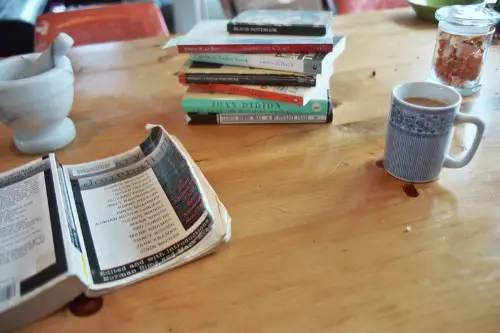
Spines cracked, stacked sideways, placed near reading chairs—books in use suggest curiosity lives here. When titles are mismatched, dog-eared, and sometimes open mid-read, they feel like residents of the room. It’s intellect without pretense. You decorate with brainwaves, not brand names.
Scatter a few on side tables or windowsills, and resist alphabetizing everything. Give guests permission to browse or borrow. A lived-in home loves stories in motion. Pages speak when rooms don’t.
2. Multipurpose Surfaces That Aren’t Always Styled

That kitchen counter with mail, fruit, and today’s newspaper—yes, it’s functional, and yes, it feels human. When surfaces shift function throughout the day, they invite engagement. Over-styling says “look”; under-styling says “live.” A blank tray doesn’t hold memory.
Show the ebb and flow with trays, bowls, pens, and rotating clutter. Let utility and mood guide the moment. Static space is silent; dynamic space speaks. You don’t decorate—you adapt.
3. Layered Textiles That Feel Touched
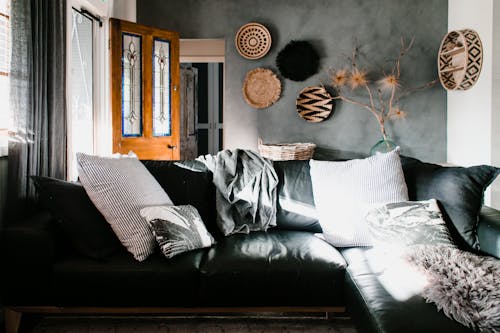
Throws over chairs, folded quilts at the foot of the bed, and overlapping rugs build warmth and familiarity instantly. These textures say “you can sit here” instead of “don’t touch that.” When fabrics show creases, wear, or seasonal swaps, the home feels active—not curated. Layers reveal motion, not mess.
They also soften architectural edges and neutral palettes, adding emotional tone to visual design. Let cushions slump naturally, and blankets ripple instead of fold perfectly. The more tactile, the more inviting. Home happens where comfort is layered.
4. Art Hung Just Slightly Off Center
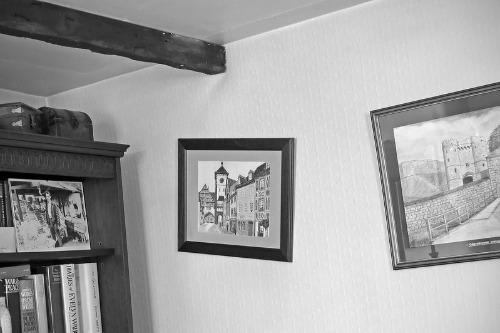
When art isn’t perfectly positioned—maybe slightly too low, or next to something unexpected—it reads as personal, not prescribed. These choices break showroom rules and suggest emotion guided placement. You hung it where it felt right, not where it was told to go. Imperfect symmetry builds personality.
Mix prints with thrifted frames, kids’ art, or unfinished sketches. Let walls hold memories, not just compositions. Charm comes from intention, not perfection. Style sways with feeling.
5. Plants in Varied Conditions
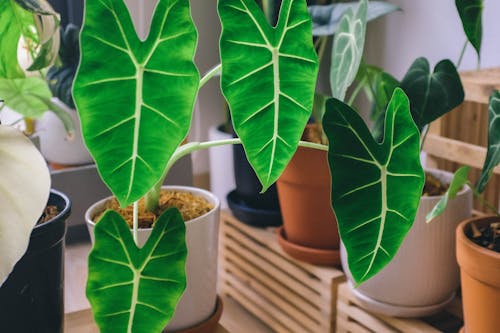
A thriving monstera next to a slightly crispy pothos tells guests: life happens here, not just Instagram. Living with plants means seasons, forgetfulness, and sunlight moods. They’re companions, not props. The variation builds realism—and rhythm.
Mix lush greenery with propagation jars, hanging herbs, or a trailing vine that’s taken over. Let water stains or quirky pots show through. Green breathes when you stop policing it. Your garden grows inside, but not under pressure.
6. Scents That Shift Through the Week

From baking on weekends to incense on slow evenings, scent is an invisible layer of atmosphere. Homes that smell of people’s lives—not just designer candles—feel emotionally rooted. A lived-in home exhales comfort through olfactory cues. Smell becomes memory.
Try switching candles seasonally, using essential oils or simmer pots, or simply letting dinners do the work. Don’t mask scent—guide it. Each whiff tells time, tone, and identity. Aroma builds home more quietly than art.
7. Furniture That’s Slightly Asymmetrical
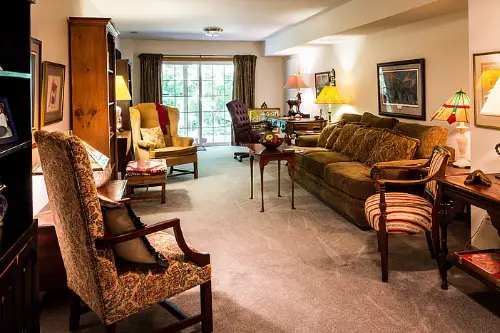
A reading chair angled into a corner or a coffee table just off-center reflects movement and choice. It’s the opposite of grid-lock design—it says things happen here. You reached, rotated, and rearranged without a ruler. Movement turns furnishing into flow.
This casual imperfection is a hallmark of lived-in elegance. It guides guests intuitively, not instructively. Let comfort steer the layout—style will follow. Homes that flex feel bigger.
8. A Wall or Corner in Transition
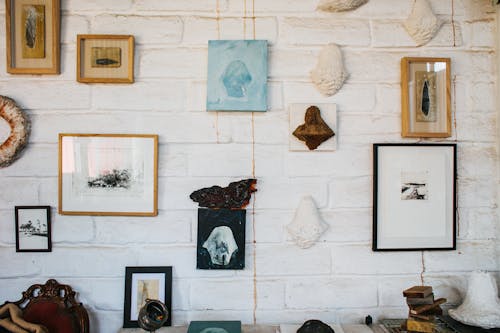
A half-finished gallery wall, a growing stack of framed prints waiting to be hung—these show ongoing care. When a space admits its evolution, it invites conversation and connection. Progress beats polish. It’s a room mid-thought.
Don’t rush the finish line—let the liminal zones breathe. Hang something new when you feel it. Your home’s timeline deserves pauses. In-progress décor reflects an active life.
9. Open Storage with Personality

Visible mugs, mismatched baskets, and imperfect shelves reflect use and taste. Closed cabinets hide messes—but open storage owns it with style. It’s a look that says, “I trust my stuff to tell my story.” A little clutter is clarity in disguise.
Use baskets, open bookcases, and layered racks to show identity. Skip the labels—let texture and placement narrate. When storage performs, the home connects. Exposure builds comfort.
10. Evidence of Rituals

The yoga mat tucked under the sofa, the coffee mug always in the same spot, a journal by the chair—these say routines live here. When décor reflects habits, it signals emotional safety. You don’t just occupy the space—you rely on it. Ritual builds relationship with the room.
Celebrate these small setups—don’t hide them. They reveal who you are when no one’s watching. A lived-in home whispers your rhythm. Daily life becomes decoration.
This post 10 Decor Moves That Make a Home Feel Lived-In (In the Best Way) was first published on Greenhouse Black.
